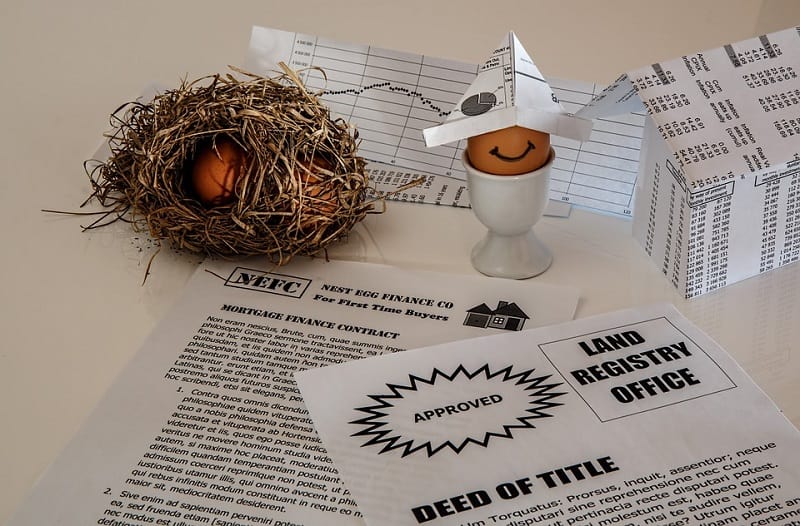The truth is that recessions are tough. From slowing sales to having to tighten your budget, running a business when the economy is on a downturn feels nothing short of a nightmare. Yet, with so much uncertainty in the air, it’s possible not only to get through a recession, but even come out stronger than before.
The good news is that lots of businesses survive recessions and end up discovering just how resilient they are. To help you, here are some tips to keep your business afloat when the economy gets shaky.
Table of Contents
Keep an Eye on Your Spending

Now is the time to dig into where your money is going. Identify what is essential and what you can scale back on. It’s all about trimming back on what you buy and only prioritizing what you need. In other words, you trim the fat without cutting the muscle.
Make a list of everything you’re spending money on for your business. Your list should include different sections — from must-haves, to no-longer-needed, to would-be-nice-to-have. Pinpoint what you absolutely need to keep your business running smoothly, and separate it from the rest.
Keep Your Customers Close
Your customers are your business’s lifeline, especially when times get tough. That’s why it’s so important to keep them close by staying connected. Show them that you’re listening and that you care about their economic struggles.
Perhaps most importantly, offer solutions and help. Be flexible with payment options if you can, and always remind them how much they’re helping you during this difficult time. Check in with them, send out surveys, and ask how you could support them better. People remember and value businesses that care.
Get Creative

One of the most important things you can do during an economic downturn is remember how risky it is to put all your eggs in one basket. If all of your revenue is coming from a single project or client, that’s extremely risky — especially during a recession.
Try branching out by testing new waters. Maybe you add a new service or create a subscription model. Any kind of new revenue stream can make a big difference in your chances of survival. The more you can focus on the future and what your customers may potentially need, the more you can stay ahead of the curve and anticipate the competition.
A great example is during the Coronavirus pandemic, when many restaurants found themselves shutting down. With so many people staying at home, the restaurants that survived were the ones that figured out an alternative way of selling food. To-go boxes were a must, and the restaurants that embraced this to-go model were the ones that survived the storm.
























